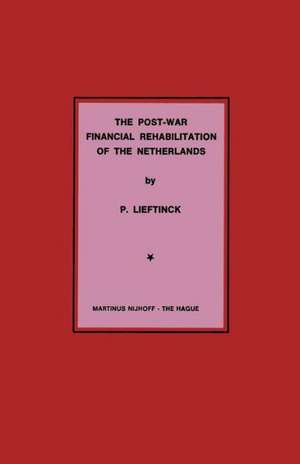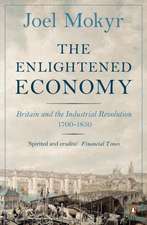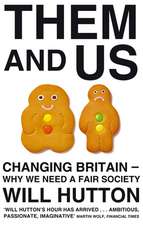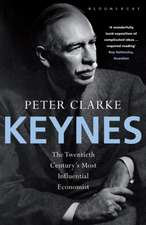The Post-War Financial Rehabilitation of The Netherlands
Autor P. Lieftincken Limba Engleză Paperback – 1973
Preț: 373.54 lei
Nou
Puncte Express: 560
Preț estimativ în valută:
71.49€ • 74.44$ • 60.42£
71.49€ • 74.44$ • 60.42£
Carte tipărită la comandă
Livrare economică 07-21 martie
Preluare comenzi: 021 569.72.76
Specificații
ISBN-13: 9789401187008
ISBN-10: 9401187002
Pagini: 52
Ilustrații: 49 p.
Dimensiuni: 140 x 216 x 3 mm
Greutate: 0.07 kg
Ediția:1973
Editura: SPRINGER NETHERLANDS
Colecția Springer
Locul publicării:Dordrecht, Netherlands
ISBN-10: 9401187002
Pagini: 52
Ilustrații: 49 p.
Dimensiuni: 140 x 216 x 3 mm
Greutate: 0.07 kg
Ediția:1973
Editura: SPRINGER NETHERLANDS
Colecția Springer
Locul publicării:Dordrecht, Netherlands
Public țintă
ResearchCuprins
Economic and political background.- The excess of money.- The dangers ahead.- The monetary purge and the period of suppressed inflation, 1945–1948.- The monetary purge.- Registration of securities.- Fiscal measures.- Internal controls.- Measures with respect to foreign trade and payments.- The economic performance from 1946 until the beginning of Marshall Aid.- Marshall Aid.- The period of near-equilibrium and price liberalisation, 1949.- Internal and external performance.- Equilibrium still on fragile foundations.- Revival of inflationary pressures and deflationary measures, 1930 to mid-1951.- Intensification of demand and the absorption of liquidity.- Resumption of deliberate deflationary policies.- The establishment of internal and external equilibrium, mid-1951 to mid-1952.- Government debt and debt management.- Internal debt.- External debt.- Debt service burden.- Summary and Conclusion.












